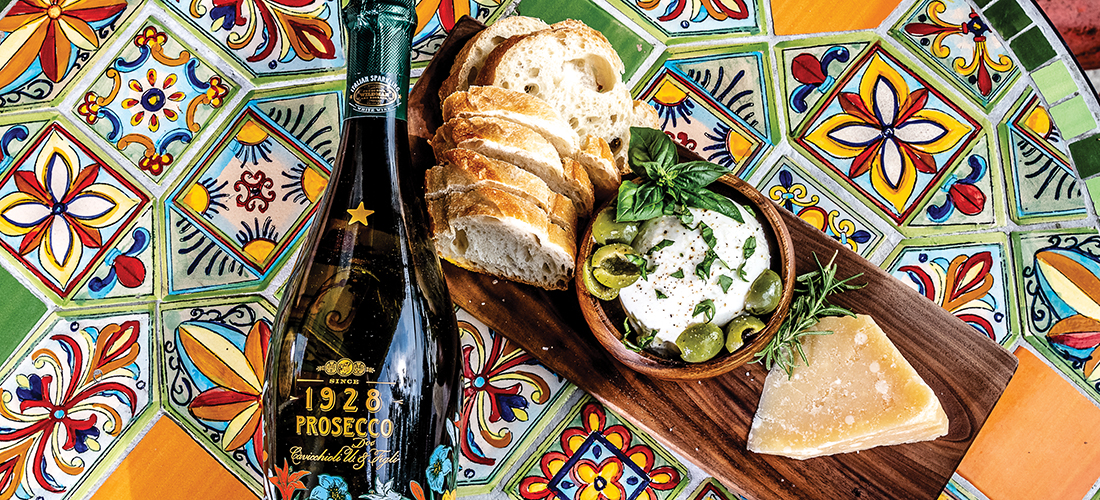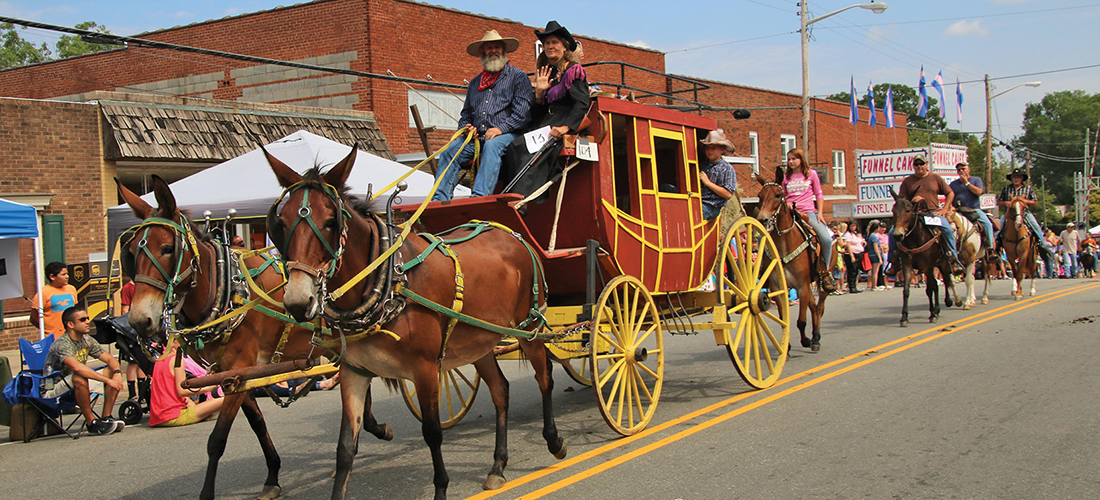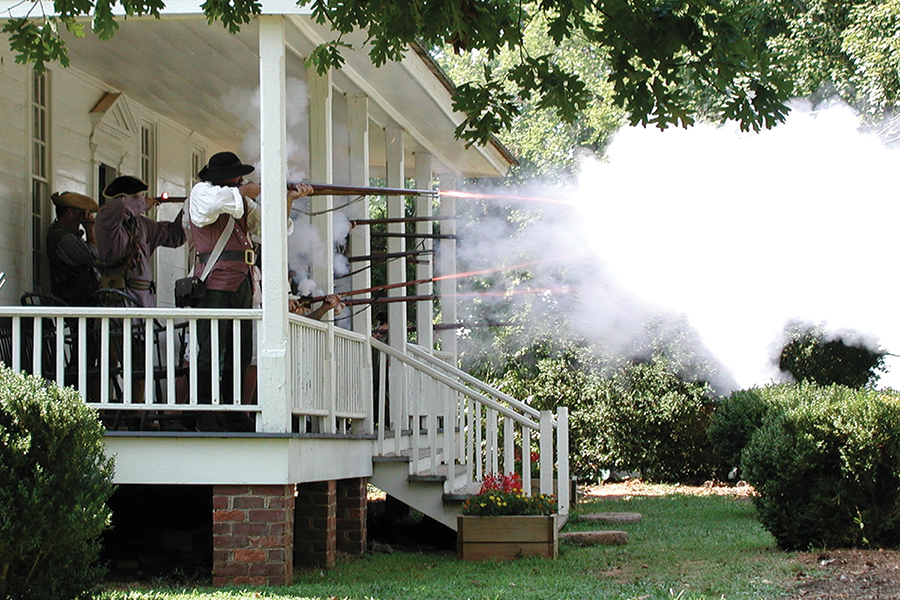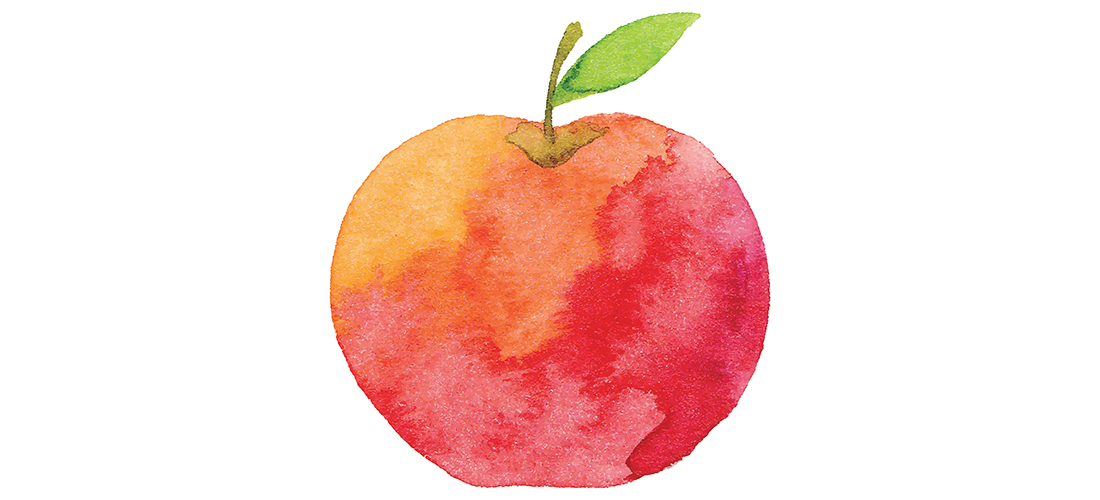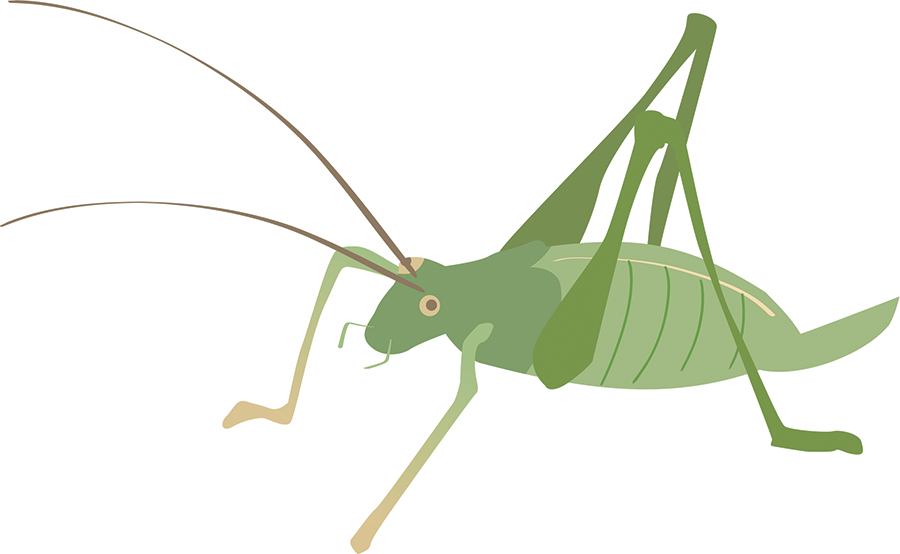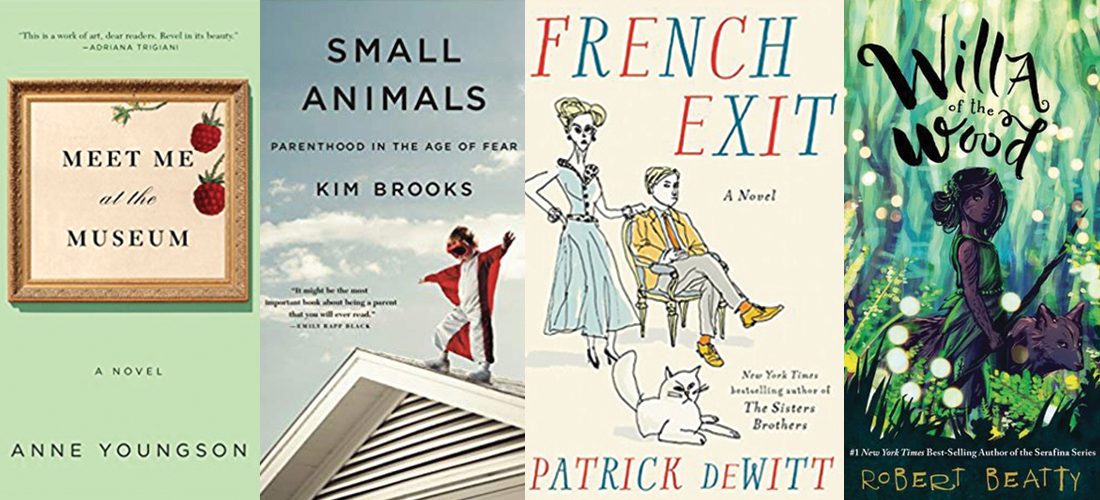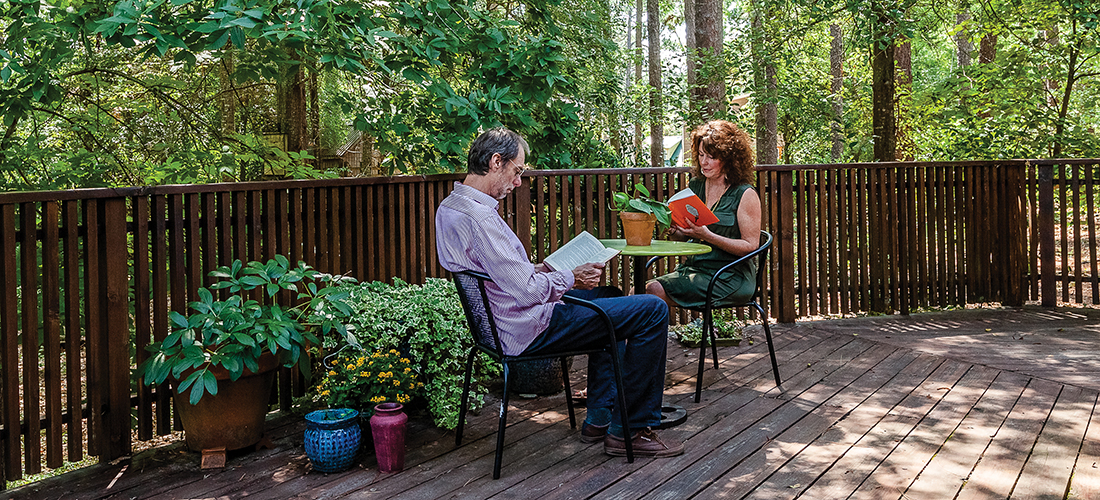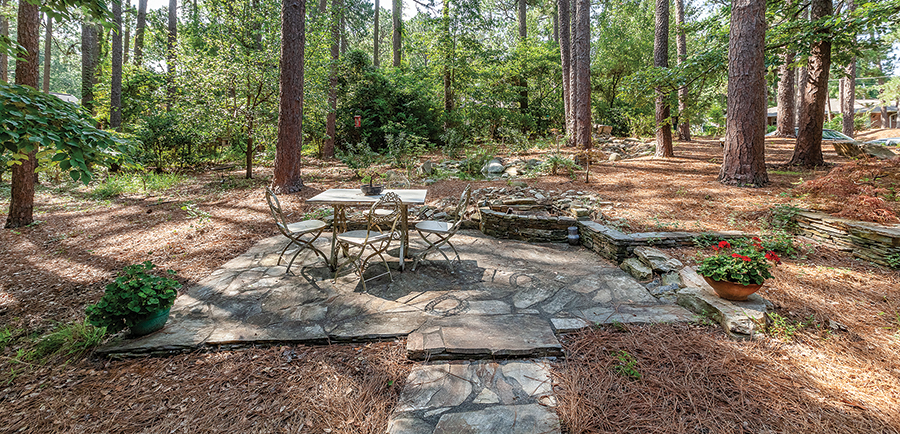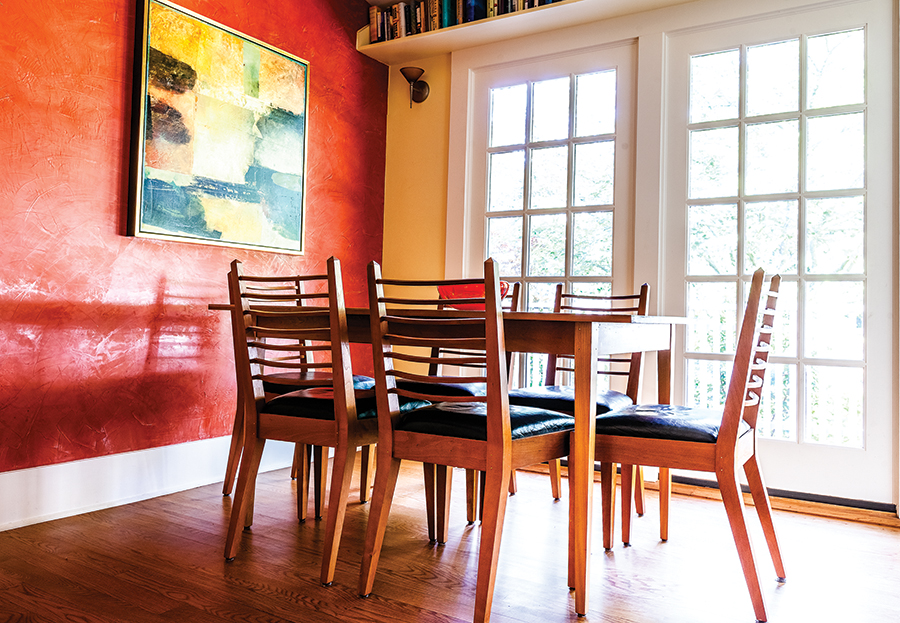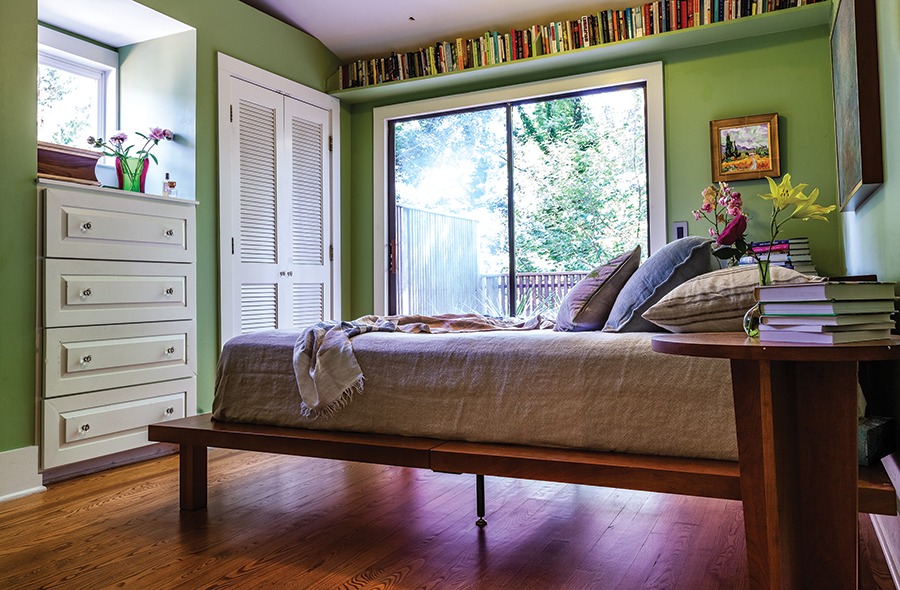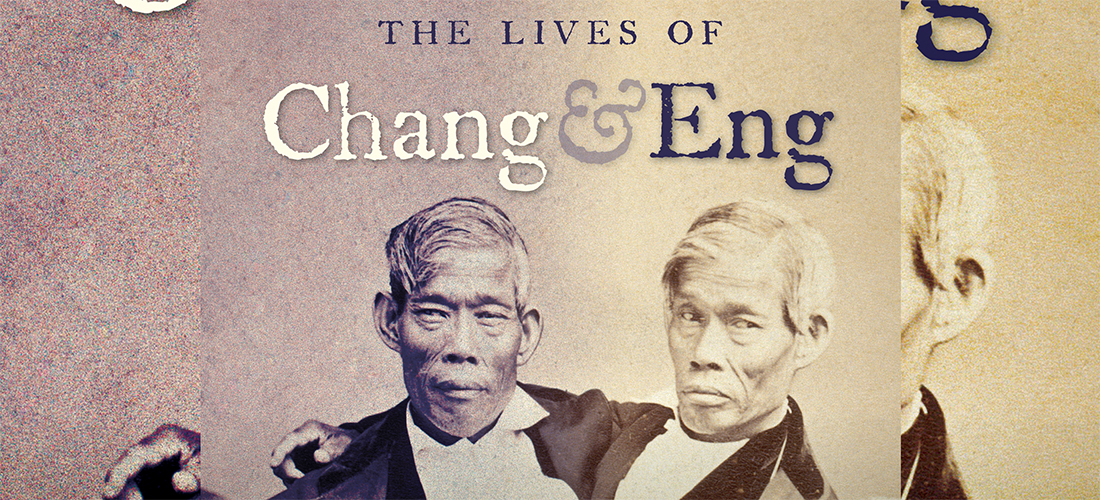Taking advantage of August’s garden treasures
By Angela Sanchez
Summer is an abundant time, especially in the Sandhills. There’s an abundance of sun, heat, humidity and yummy produce. How amazing is it to eat a fresh, vine-ripened tomato in season? Heat-loving basil and oregano grow so rapidly you can’t pick them fast enough before they bolt. There’s sweet corn on the cob, lots and lots of zucchini, and yellow squash growing like weeds. Don’t forget the beautiful peaches so sweet and juicy we have to race the bugs for them. One of my personal favorites, the cucumber, is perfect this time of year, picked just before it gets too big and loses its sweetness. I love the way it protects itself from the blistering sun by hiding under its broad leaves and prickly vines.
My love of delicious, local summer produce is only equaled by my love of great wine and beer. So, naturally, I try to pair them as often and as well as possible. The following are some of my favorites, made with the goods we haul off our family farm, and using the cheeses and wines we love. They are simple and easily prepared without cooking. Let’s face it, who really wants to stand in the kitchen with an oven set at 450 or over a blistering outdoor grill when it’s already 95 and the humidity is 80 percent?
The summer tomato is one of nature’s most perfect fruits. Full of sweet, juicy flesh with a bright acidity, it needs a rich cheese like burrata, a fresh mozzarella with whole milk cream added. The rich and creamy fattiness of the cheese is a complement to the bright bite of the tomato. Slice the tomatoes and cheese thick and stack them or slice the tomato into pieces and set it alongside the burrata whole. Drizzle the best olive oil you can find over it. I suggest an herbal-infused or arbequina from Spain, with a pinch of sea salt like the solar-evaporated Sea Love Sea Salt from Wrightsville Beach. Add a crack or two of fresh ground black pepper. You can also use a flavored salt like smoked pepper or a citrus blend. The finishing touch is fresh basil and oregano cut and sprinkled to lend freshness and a peppery earthiness to the dish. Although not growing in season right now, you can toss in some of my favorite olives like the buttery green Castlevaltrano from Sicily to add a meaty richness. The accompanying wine needs to be clean, crisp and light. Gavi di Gavi of Italy has some weight and an almost oily mouthfeel along with a backbone of acidity. Some bright lemon and citrus notes make it a perfect pairing.
Zucchini can seem boring, but it can make a beautiful summer salad. Get it fresh and of the right size — at least the length of your hand and about 3/4 to 1 inch in diameter. A sharp vegetable peeler is all you need to make long slices, the more uneven the better. Lay them out on a large platter and drizzle with the same great Spanish olive oil, sprinkle with salt and pepper and top with basil and oregano. I like thyme here also. Shave Parmigiano-Reggiano over it, the more the better. Use Italian Parmigiano, not an imitation. A cheese planer is the easiest tool but grated is another option. For a wine pairing I prefer rosé. French or Italian is always good, but for this I like a Spanish rosé with a bit more weight, like Mas Donis. It is a blend of grenache and tempranillo, rose-violet in color, fruity and herbal but clean. It holds up nicely to the richness and saltiness of the Parmigiano-Reggiano, but it’s not too heavy to overpower the delicate zucchini.
Last but not least, the cucumber cannot be denied when it is at its peak in season. You could pickle it, but why not try it with feta and a great marinade? Slice into 1/4-inch slices and toss in an olive oil marinade with garlic, salt, pepper and herbs. You can make the marinade in a jar and shake to mix. Pour it over the cucumbers and let them sit for 30 minutes to an hour. The feta should be top quality like the goat’s milk feta from Paradox Farm. It can be cut into cubes and marinated the same way, tossing them together. If you prefer, switch out the cucumbers for ripe peaches. No need to marinate them. With the cucumber and feta I prefer a light, easy drinking beer like Duck Hook from Southern Pines Brewery. With either version — cucumber or peach — a delicate and balanced sparkling wine such as 1928 Prosecco from Italy with just a hint of sweet fruit and a dry finish is just right. If you want something a bit drier, the 100 percent pinot noir, Jean-Baptiste Adam Cremant Sparkling Rosé from the Alsace region of France is yeasty and vibrant and tastes like summer, with strawberry and peach notes.
As we meander our way through August’s heat, be sure to enjoy its abundant produce and try something new while doing it. Drink well and think about keeping it light and refreshing, but stylish enough to add to the flavors of the season. PS
Angela Sanchez owns Southern Whey, a cheese-centric specialty food store in Southern Pines, with her husband, Chris Abbey. She was in the wine industry for 20 years and was lucky enough to travel the world drinking wine and eating cheese.

